Wondering how to choose a lawn mower that’s perfect for your yard? At Best Lawn Mower For Hills, we’ve got you covered. Selecting the right machine can transform grass-cutting from a dreaded chore into a satisfying task. This guide will walk you through how to choose a lawn mower that matches your property’s unique needs. We’ll explore everything from compact push mowers to powerful riding tractors, considering factors like lawn size, terrain, and personal preferences.
Understanding Different Types of Lawn Mowers
When figuring out how to choose a lawn mower, the first step is to familiarize yourself with the main categories available. Each type offers distinct advantages and suits different lawn care scenarios. Let’s break down the three primary classes of mowers to help you narrow down your options.
Push Mowers
Push mowers are the workhorses of small to medium-sized lawns. These manually-operated machines offer precise control and are ideal for yards up to 1/4 acre.
- Ideal for: Compact spaces, level terrain
- Key benefit: Affordable and low-maintenance
- Factor to consider: Requires physical effort

Self-Propelled Mowers
A step up from push mowers, self-propelled models reduce fatigue by driving themselves forward. They’re perfect for larger lawns or those with slight inclines.
- Suited for: Medium-sized yards, gentle slopes
- Advantage: Easier to maneuver, less tiring
- Factor to consider: Higher initial cost than push mowers
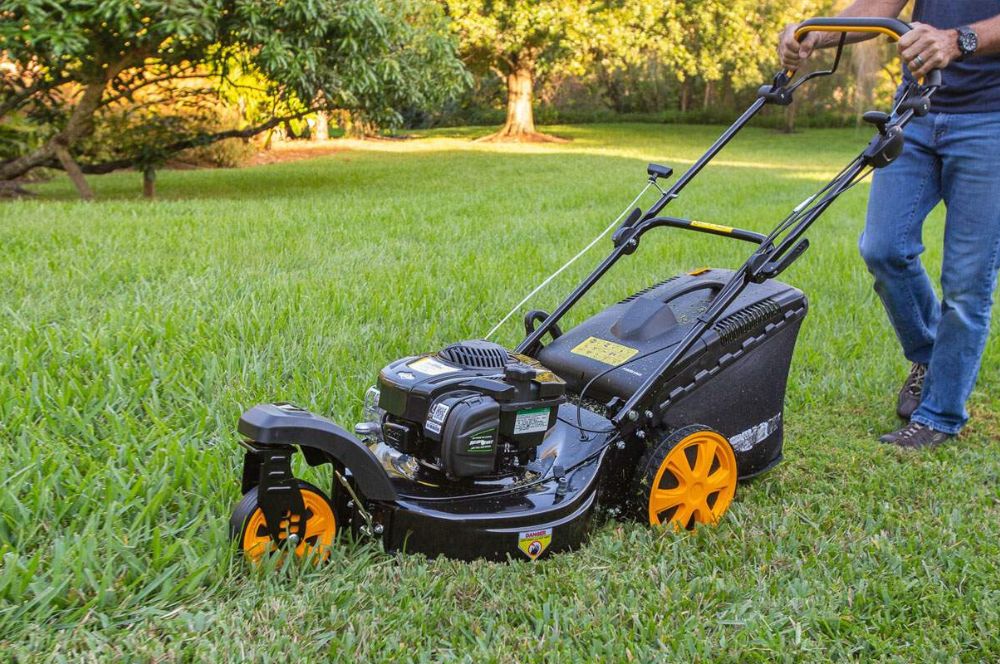
Ride-On Mowers
For expansive lawns or those with challenging terrain, ride-on mowers are the go-to choice. They come in various styles, including lawn tractors and zero-turn models.
- Best for: Large properties, 1/2 acre and above
- Primary perk: Efficiency for extensive areas
- Factor to consider: Storage space and higher maintenance needs
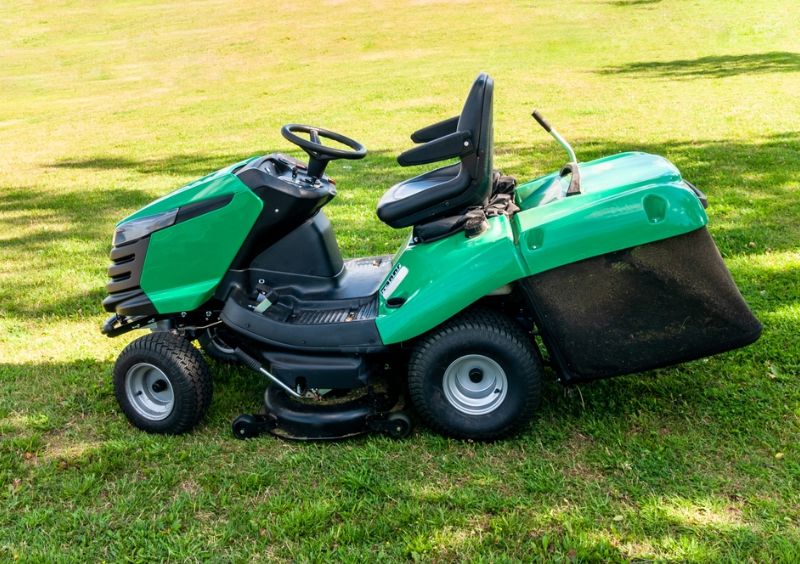
Robot Mowers
The newest entrants in lawn care, robot mowers, offer a hands-off approach to grass cutting. These autonomous machines keep your lawn trimmed with minimal human intervention.
- Perfect for: Tech-savvy homeowners, consistent maintenance
- Main advantage: Set-and-forget convenience
- Factor to consider: Initial setup, boundary wire installation
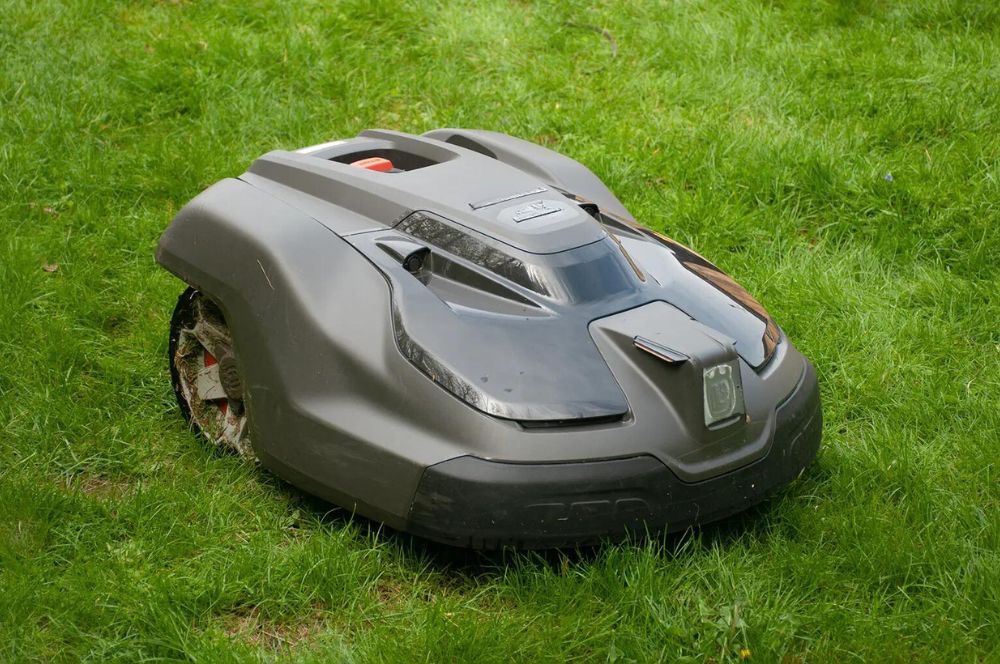
Factors to Consider When Choosing a Lawn Mower
Selecting the ideal grass-cutting machine involves more than just picking a type. To truly master how to choose a lawn mower, you must evaluate several key factors. These elements will help you pinpoint the perfect tool for your specific lawn care needs. Let’s dive into the crucial aspects that should guide your decision-making process.
Lawn Size and Terrain
The dimensions and topography of your yard play a pivotal role in determining the most suitable mower.
- Small, flat yards (under 1/4 acre): Manual push mowers or electric models suffice
- Medium lawns with gentle slopes: Self-propelled gas or battery-powered options excel
- Large properties or hilly terrain: Ride-on mowers or robust self-propelled units are optimal
Pro tip: Measure your lawn accurately. Walk the perimeter with a measuring wheel or use a satellite mapping tool for precise dimensions.
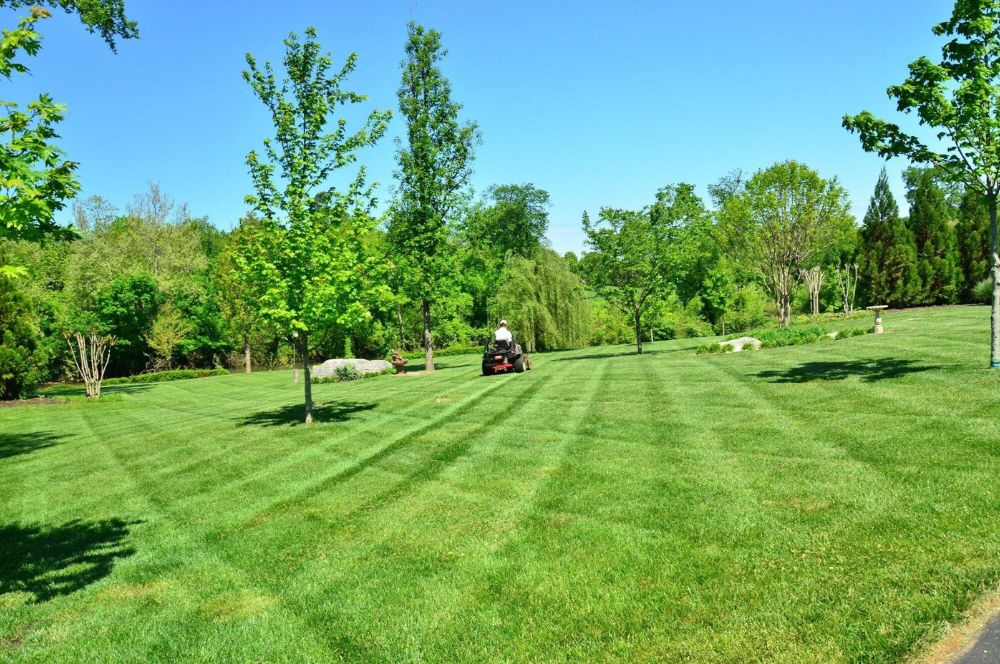
Cutting Methods
Different mowers handle grass clippings in various ways, each with its own benefits:
- Mulching: Finely chops clippings, returning nutrients to the soil
- Bagging: Collects clippings for a manicured look or composting
- Side-discharge: Ejects clippings, ideal for infrequent mowing or tall grass
Consider your lawn’s health needs and your preference for post-mow cleanup when deciding on a cutting method.
Power Sources
The energy that fuels your mower impacts performance, maintenance, and environmental factors:
- Gas-powered: Offers mobility and power but requires fuel and more upkeep
- Electric corded: Provides consistent power, limited by cord length
- Battery-operated: Combines cordless convenience with eco-friendliness
- Manual reel: Quiet, eco-conscious choice for small, well-maintained lawns
Weigh the trade-offs between power, convenience, and environmental impact when selecting a power source.
Essential Features to Look For
When pondering how to choose a lawn mower, it’s crucial to examine the specific features that can make your grass-cutting experience more efficient and enjoyable. These elements can significantly impact your mower’s performance and your overall satisfaction. Let’s explore the key features that should be on your radar as you shop for the perfect lawn maintenance companion.
Cutting Width and Height Adjustments
The breadth of your mower’s cutting path and its adaptability to different grass lengths are vital considerations:
- Cutting width: Broader decks cover more ground quickly but may struggle in tight spaces
- Height adjustments: Look for easy-to-use levers that offer a range of cutting heights
Tip: For versatility, select a mower with at least six height settings, ranging from 1 to 4 inches.
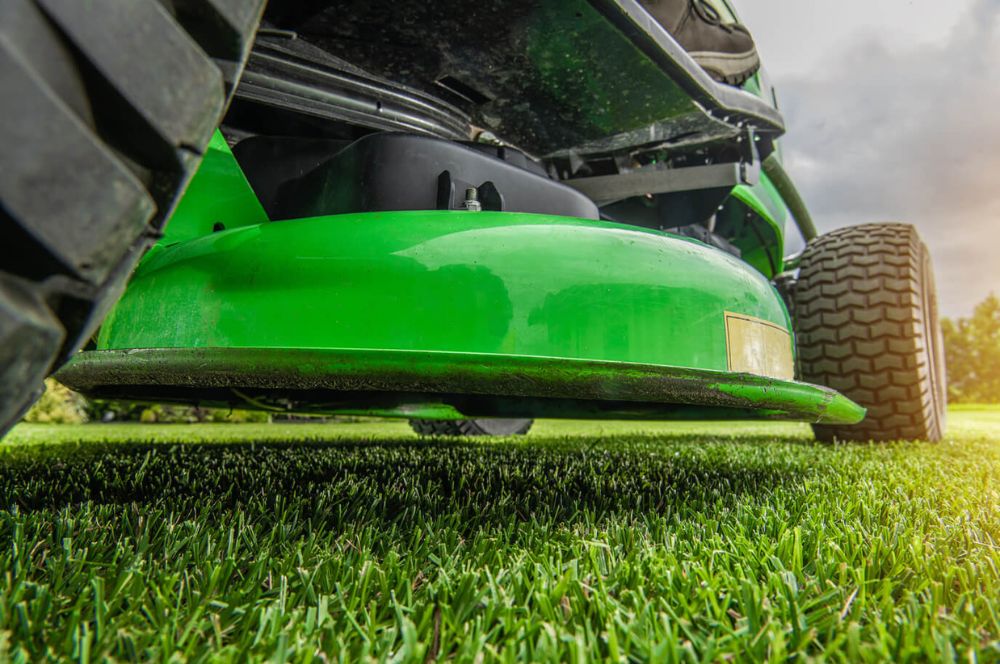
Start Mechanisms
How you fire up your mower can affect your mowing experience:
- Pull-cord: The traditional method requires some physical effort
- Electric start: Push-button convenience, often found on higher-end models
- Key start: Common on ride-on mowers, similar to starting a car
Consider your physical capabilities and preference for convenience when choosing a start mechanism.
Handle Comfort and Adjustability
Ergonomics play a crucial role in mower usability:
- Adjustable handles: Accommodate users of different heights
- Cushioned grips: Reduce vibration and improve control
- Foldable designs: Facilitate compact storage
Test the handle comfort in-store if possible, as it significantly impacts your mowing comfort.
Wheel Size and Maneuverability
The mower’s wheels affect its mobility and ease of use:
- Larger rear wheels: Improve traction on uneven terrain
- Ball-bearing wheels: Offer smoother operation and durability
- Swivel front wheels: Enhance maneuverability around obstacles
For hilly or rough lawns, prioritize models with robust wheels and good traction.
Maintenance and Long-Term Considerations
When figuring out how to choose a lawn mower, it’s essential to look beyond the initial purchase. A mower’s longevity and performance hinge on proper care and foresight. Let’s explore the maintenance aspects and long-term factors that should influence your decision, ensuring your chosen grass-cutter remains a reliable yard companion for years to come.
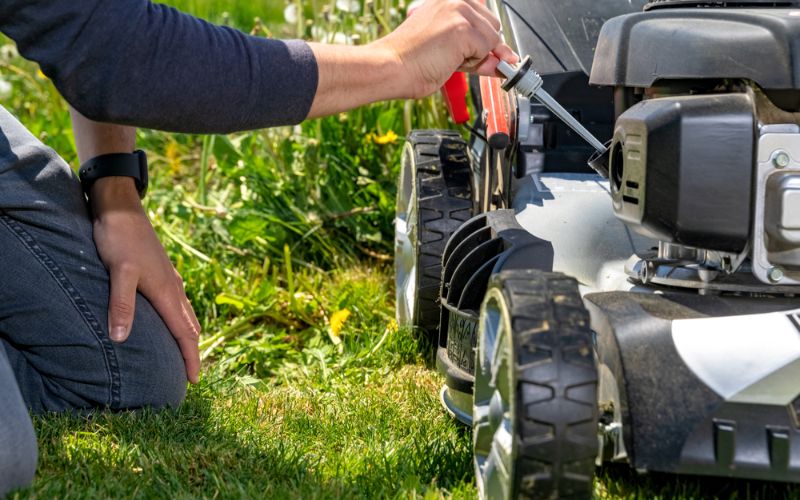
Basic Maintenance Tips
Regular upkeep is crucial for optimal mower performance:
- Oil changes: Schedule regular oil replacements for gas-powered models
- Blade sharpening: Maintain sharp blades for clean cuts and lawn health
- Air filter checks: Clean or replace filters to ensure engine efficiency
- Battery care: For electric models, follow charging guidelines to extend battery life
Tip: Create a maintenance calendar to track and schedule these tasks consistently.
Storage Requirements
Proper storage prolongs your mower’s lifespan:
- Dry environment: Shield your mower from moisture to prevent rust
- Temperature control: Avoid extreme heat or cold, especially for battery-powered units
- Vertical storage: Some models offer space-saving vertical storage options
- Fuel considerations: Empty the gas tank or use a fuel stabilizer for seasonal storage
Consider your available space and climate when choosing a mower with specific storage needs.
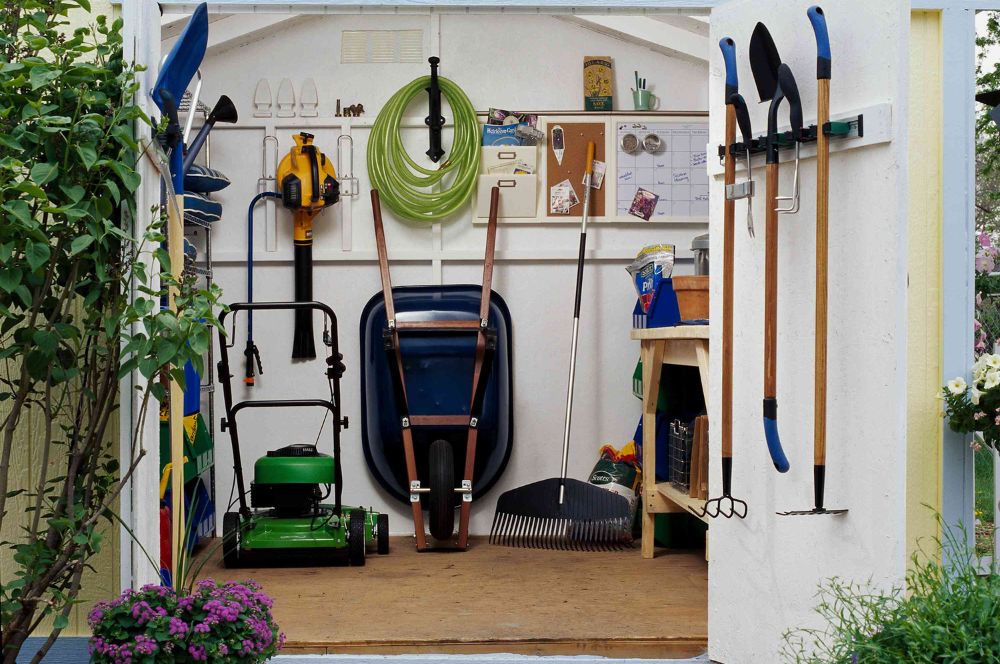
Longevity and Durability Factors
Invest in a mower built to last:
- Build quality: Look for robust materials like steel decks for longer service life
- Brand reputation: Research manufacturers known for durability and customer support
- Warranty coverage: Compare warranty terms as an indicator of expected lifespan
- Availability of parts: Ensure replacement parts are readily accessible for future repairs
At Best Lawn Mower For Hills, we emphasize the importance of these long-term considerations. By factoring in maintenance needs, storage requirements, and durability when choosing a lawn mower, you’ll secure a machine that not only meets your immediate needs but also provides lasting value. Remember, the right mower is an investment in your lawn’s future beauty and health.
Environmental Impact and Eco-Friendly Options
As you ponder how to choose a lawn mower, it’s crucial to consider the environmental implications of your decision. The growing emphasis on sustainable living has spurred innovations in eco-friendly lawn care. Let’s explore how you can maintain a lush lawn while minimizing your carbon footprint.

Emissions Considerations
Understanding the environmental impact of different mower types:
- Gas-powered models Produce emissions, but newer models are more efficient
- Electric corded mowers: Zero direct emissions, but consider power source
- Battery-operated units: Eco-friendly operation with recyclable batteries
- Manual reel mowers: Zero emissions, perfect for small, flat lawns
Tip: Check for EPA ratings on gas mowers to gauge their environmental performance.
Energy-Efficient Models
Opting for mowers that maximize power while minimizing resource consumption:
- Solar-powered robotic mowers: Harness renewable energy for autonomous operation
- High-efficiency engines: Look for models with advanced fuel injection systems
- Electric models with quick-charge capabilities: Reduce energy waste during recharging
- Hybrid mowers: Combine gas and electric power for optimal efficiency
Consider your lawn’s size and your local climate when weighing energy-efficient options.
Sustainable Lawn Care Practices
Complementing your mower choice with eco-friendly maintenance techniques:
- Grasscycling: Leave clippings on the lawn to return nutrients to the soil
- Water conservation: Choose drought-resistant grass varieties and mow at higher settings
- Natural fertilizers: Opt for organic compost over chemical fertilizers
Budget Considerations
When learning how to choose a lawn mower, your budget plays a pivotal role. The investment in a quality grass-cutting machine extends beyond the initial price tag. Let’s break down the financial aspects to ensure you get the best value for your money while meeting your lawn care needs.

Price Ranges for Different Mower Types
Understanding the cost spectrum across various mower categories:
- Manual reel mowers: $50-$200, budget-friendly for small lawns
- Electric push mowers: $100-$400, balancing affordability and convenience
- Gas-powered push mowers: $200-$600, offering power for medium-sized yards
- Self-propelled models: $300-$900, easing the workload for larger areas
- Riding mowers: $1,000-$4,000+, investing in efficiency for expansive properties
- Robotic mowers: $600-$3,000, blending technology with hands-off convenience
Tip: Don’t automatically opt for the cheapest option. Consider long-term value and performance.
Long-Term Cost Analysis
Evaluating the true cost of ownership over time:
- Fuel consumption: Gas mowers require ongoing fuel purchases
- Electricity costs: Factor in charging costs for battery-powered models
- Maintenance expenses: Regular tune-ups, blade sharpening, and part replacements
- Lifespan expectations: Higher-quality mowers often last longer, spreading the cost
- Resale value: Well-maintained, reputable brands may retain value better
Consider creating a five-year cost projection to compare different mower options effectively.
Value-Added Features
Identifying features that justify a higher price point:
- Mulching capability: Reduces fertilizer costs by recycling nutrients
- Adjustable cutting heights: Adapts to various grass types and seasons
- Washout Ports: Simplifies cleaning, potentially extending mower life
- Foldable handles: Space-saving storage in tight areas
- Extended warranties: Peace of mind and potential savings on repairs
Conquering Hills, One Mow at a Time
Welcome to Best Lawn Mower For Hills, your expert guide in mastering sloped lawns. We’ve tested countless mowers on challenging terrains to bring you top-notch recommendations for hilly yards. From self-propelled powerhouses to smart robotic climbers, we’ll help you find the perfect machine to transform your inclined landscape. Explore our reviews, guides, and tips to make mowing your hillside a breeze. Ready to tame those slopes? Let’s find your ideal hill-conquering mower today!
Conclusion
Selecting the perfect grass-cutter requires careful consideration of various factors. At Best Lawn Mower For Hills, we’ve guided you through the key aspects of choosing a lawn mower, from understanding your yard’s unique needs to evaluating cutting-edge features and long-term value. Remember, the ideal automated mowing companion balances efficiency, eco-friendliness, and budget constraints. By weighing these elements thoughtfully, you’ll invest in a high-tech helper that transforms your lawn care routine, saving time and energy while maintaining a pristine yard. Trust your newfound knowledge and confidently select a robotic mower that aligns with your landscaping goals and lifestyle.


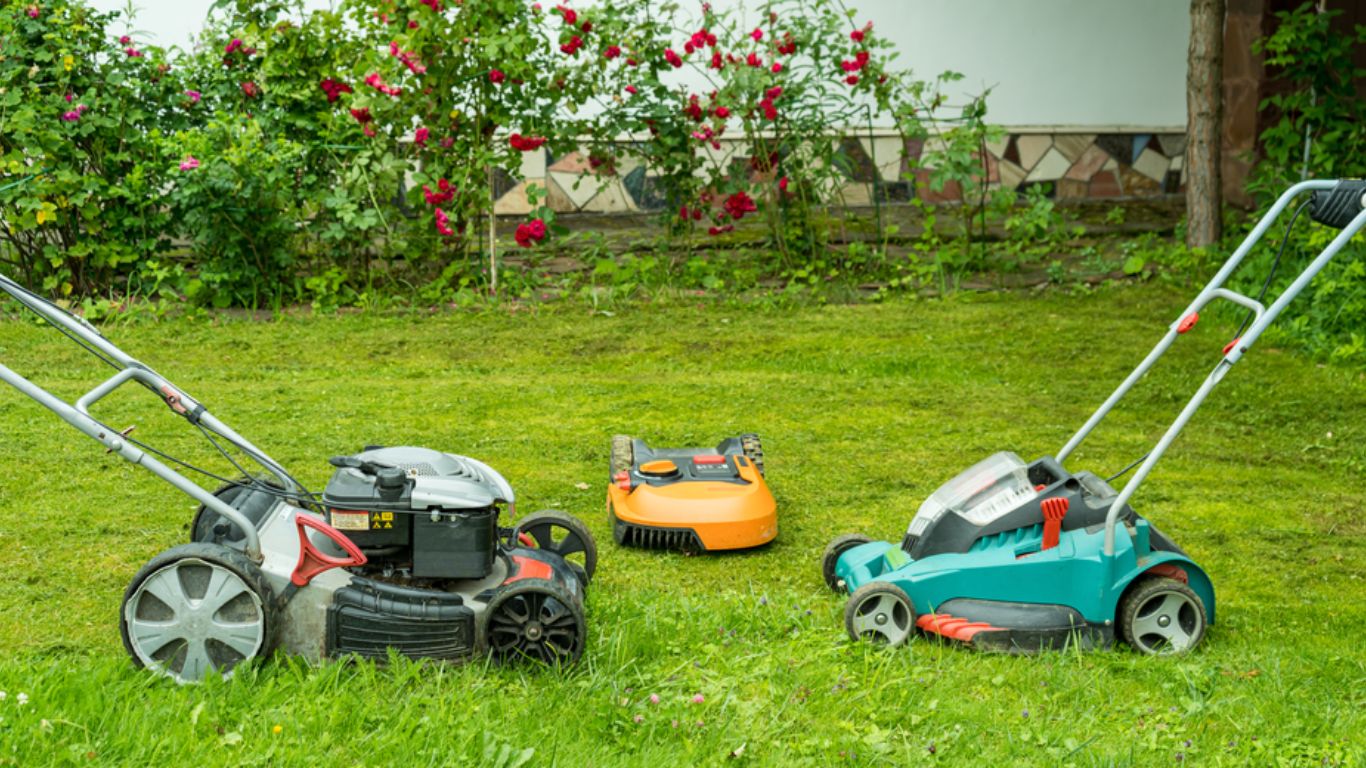
1 thought on “How to Choose a Lawn Mower: The Ultimate Buying Guide”